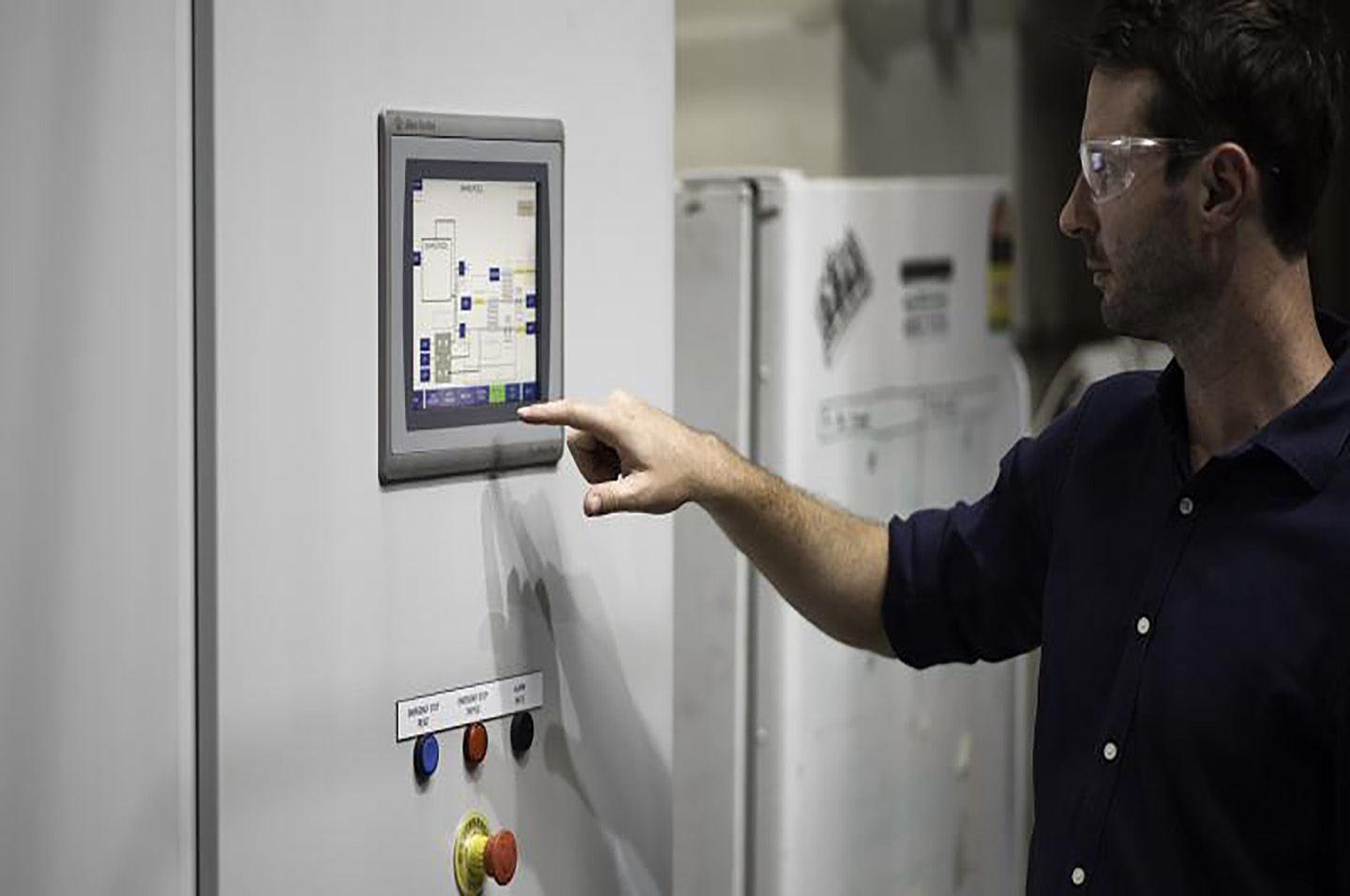Compressed air guide

-
-
- About clean technology innovation
- CSIRO Data Clearing House
- Clean technology innovation grants
- Ecosystem grants FAQs
- Hysata’s electrolyser technology puts Australia at the forefront of the green energy revolution
- The Melt’s hardware accelerator and pilot enabler programs
- The product development lifecycle
- UoW Clean Energy Living Laboratory is set to be Australia's first mixed-use, precinct-based microgrid
- Business equipment upgrades
- Low emissions specifications
- NSW skills for net zero
- Industrial decarbonisation plans for the Hunter and Illawarra
-
- EV public charging master plan
-
- Destination charging grants FAQs
- Electric vehicle destinations charging grants: previous round information
- Eligible EV charger and software list
- Future proofing business: motel's EV success
- How hosting an EV charger can benefit your business
- How to make your town a preferred charging stop for EV drivers
- Mingara Recreation Club
- Net zero buildings
- Pumped hydro grants
-
-
-
- Battery storage guide
- Circular design guidelines for the built environment
- Compressed air guide
- Electricity metering and monitoring guide
- Energy efficient lighting guide
- Gas measurement and monitoring guide
- HVAC guide
- Industrial refrigeration guide
- Net Zero Business Guide
- Renewable energy guides for farmers
- Voltage optimisation guide
-
- NSW innovation that is wow
- Grant’s business got a head start with new energy efficient refrigerators
- AGL steering towards an electric future
- Advancing hydrogen storage technology
- An holistic approach to sustainability
- Collaboration is key to Port Authority’s prize-winning plan for net zero
- Driving sustainability: how STARTTS is transitioning to an EV fleet
- High impact partnership
- Second life solar
- TAFE NSW leads the charge on electric fleets
- Port of Newcastle fleet heading all electric
- Tridon Australia cutting manufacturing energy costs
Learn about the low-cost, simple actions that will improve the efficiency of your compressed air system.
An efficient compressed air system is vital for keeping a business’s energy costs down.
Using smart, low capital cost measures, businesses can save up to 50% of their compressed air energy. It can also help avoid expensive and often unnecessary capital expenditure.
That makes a real difference.
Over the life of an average compressor system, energy is the largest cost component – up to 77%. That easily surpasses the purchase, installation and maintenance costs.
Compressed air: a guide
Learn about the low-cost, simple actions that will improve the efficiency of your compressed air system.
This guide is for operators of compressed air systems, maintenance engineers, production managers and other technical staff who want the greatest efficiency from their compressed air systems without spending significant capital.
It sets out actions that can help you to:
- free up system capacity to better meet your air demands
- save money by avoiding or delaying buying a new compressor
- ensure system reliability
- reduce your electricity bills.